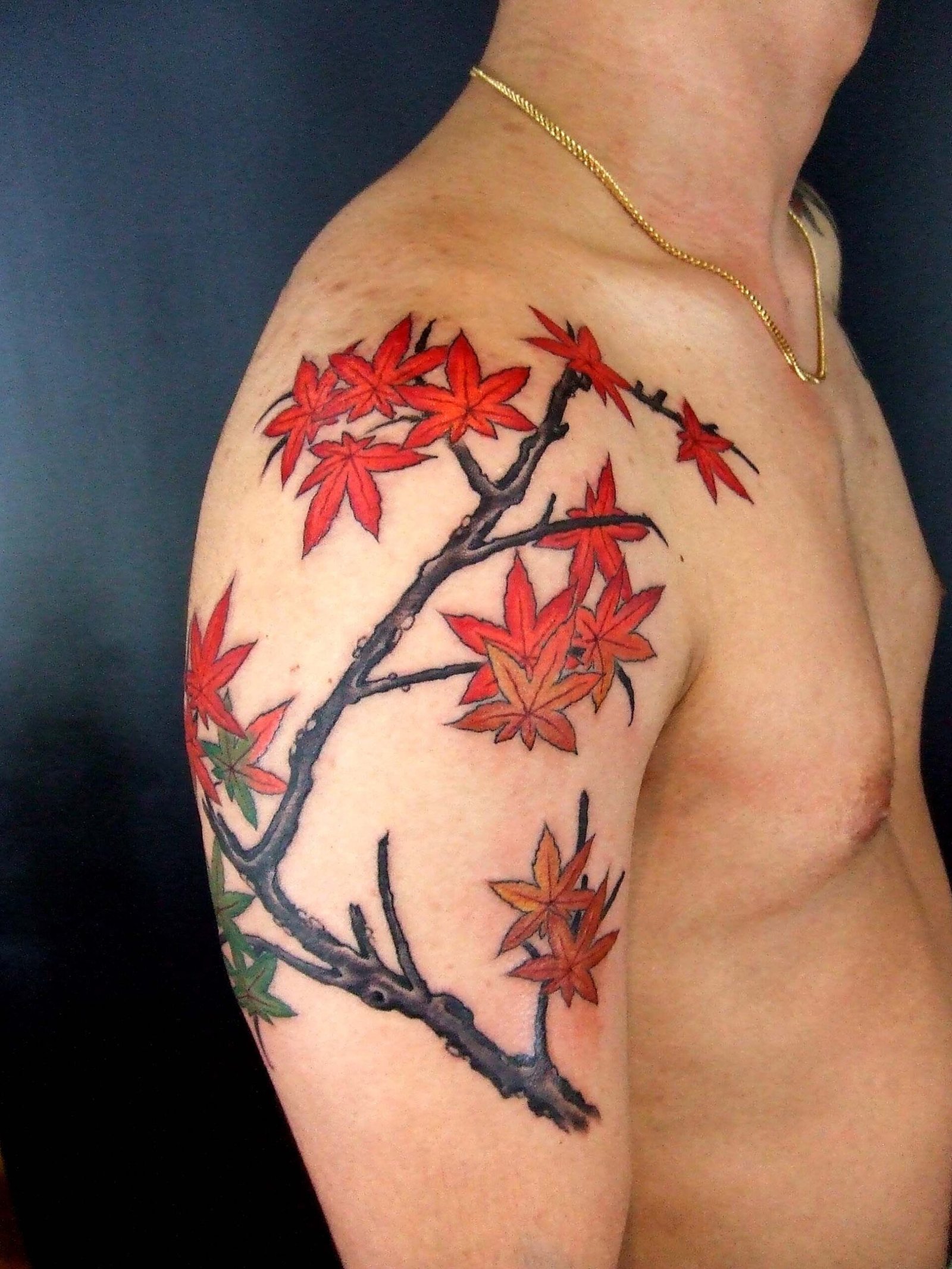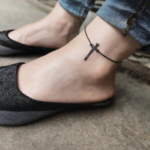Welcome, everyone, and today, we’re going to explore the fascinating world of Japanese tattoos featuring one of its most iconic elements – the maple leaf. This symbol has been a staple in Japanese art for centuries and is deeply rooted in their culture and history. From its unique design to its rich symbolism, there’s much to learn about this beautiful art form.
Join me as we dive into the history, meaning, and significance of Maple leaves Japanese tattoos. We’ll explore the different styles, designs, and placement options and discuss some essential considerations before getting inked. So sit back, relax, and get ready to discover the beauty and artistry of this ancient tradition.-
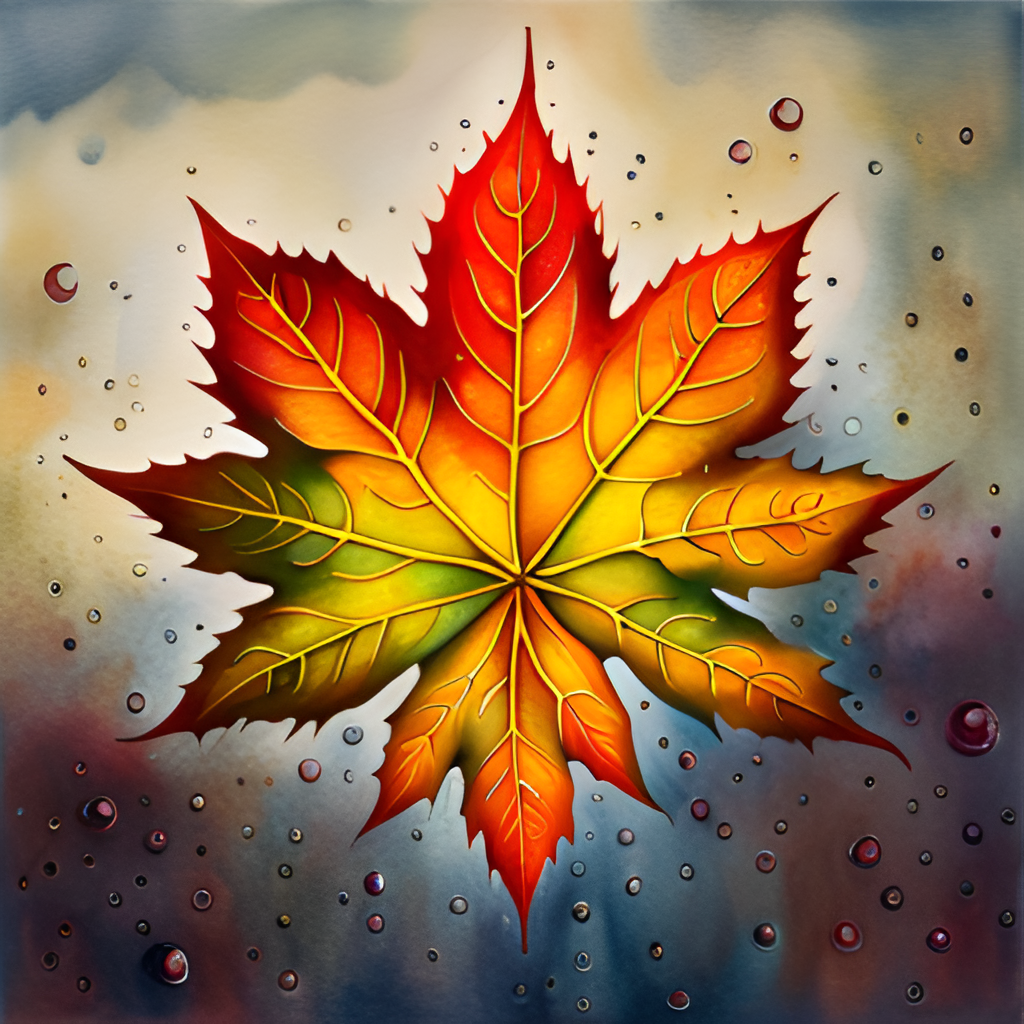
History of maple leaves Japanese tattoo
Japanese tattoos have a rich and complex history that spans centuries. The earliest evidence of tattooing in Japan dates back to the Jomon period (10,000 BCE – 300 BCE) when clay figurines with tattoos were discovered. However, in the Edo period (1603-1868), tattoos became popular among the general population. During this time, tattoos were used to mark criminals as a form of punishment and to identify members of certain groups, such as firefighters and prostitutes.
In the late 19th century, Japan opened its ports to the rest of the world, and Westerners began to take an interest in Japanese tattoos. This led to the development of new styles and techniques, such as color and shading, which were not traditionally used in Japanese tattooing. Today, Japanese tattoos are admired for their intricate designs and symbolism and are often used to express personal identity and cultural heritage.
Meaning of Maple Leaves in Japanese Culture
Maple leaves hold a special place in Japanese culture, where they are revered for their beauty and symbolic meaning. In Japan, autumn is known as the season of the ‘red leaves,’ the vibrant colors of the changing leaves are celebrated through various art forms, including painting, poetry, and music. The maple leaf, with its distinctive shape and bright color, is one of the most beloved symbols of this season.
Beyond their aesthetic appeal, maple leaves also have deep cultural significance in Japan. They are often associated with impermanence or the fleeting nature of life. This concept is reflected in the Japanese philosophy of wabi-sabi, which celebrates the beauty of imperfection and transience. Maple leaves are also seen as a symbol of endurance and resilience, as they can withstand harsh weather conditions and continue to thrive. Overall, the maple leaf represents the cyclical nature of life, with its ups and downs, joys and sorrows.
Symbolism of Maple Leaves in Japanese Tattoos
Maple leaves are a popular motif in Japanese tattoos, often used to represent the beauty of life and the impermanence of all things. In Japanese culture, the changing of the seasons is seen as a reminder of the transience of life, and maple leaves are often associated with this theme.
In Japanese mythology, the goddess of autumn is said to use maple leaves to color the trees, creating a beautiful display before they fall to the ground. This symbolism is reflected in Japanese tattoos, where maple leaves are often depicted in vibrant colors and delicate, flowing designs. The watercolor aesthetic of these tattoos captures the maple leaf’s natural beauty and fleeting nature, making them a popular choice for those seeking a meaningful and artistic tattoo.

Types of Maple Leaves Japanese Tattoos
There are many different types of maple leaves in Japanese tattoos, each with its unique meaning and symbolism. One popular design is the Momiji, or Japanese maple leaf, often used to represent autumn and the changing seasons. Another typical design is the Kaede, or regular maple leaf, which can symbolize beauty, change, and transformation. The Yama Momiji, or mountain maple leaf, is often used to represent strength and resilience.
Other types of Maple leaves Japanese tattoos include the shidarezakura or weeping cherry blossom, which can symbolize the fleeting nature of life and the beauty of impermanence. The Momiji-gari, or maple leaf viewing, is a popular design depicting a group admiring the fall foliage. This design can represent friendship, community, and appreciation for nature.
Placement of Maple Leaves Japanese Tattoos
The placement of maple leaves in Japanese tattoos can significantly affect their meaning and symbolism. For example, a tattoo on the back is often associated with strength and protection, while a tattoo on the chest may represent love or passion. A tattoo on the arm can symbolize bravery or courage, while a tattoo on the leg can represent freedom or mobility.
It’s essential to consider your tattoo’s placement carefully, as it can significantly impact how others perceive it. Additionally, certain body areas may be more painful to tattoo than others, so it’s essential to consider that when deciding where to place your tattoo.

Design Elements of Maple Leaves Japanese Tattoos
Design elements are crucial in Maple Leaf’s’ Japanese tattoos’ look and meaning. Color is one of the most critical design elements used in these tattoos, with red and orange being the most popular colors for maple leaves. These colors are often used to represent the changing of the seasons and the beauty of nature. Shading is also an important design element that can add depth and dimension to the tattoo. In maple leaves, Japanese tattoos and shading are often used to create a sense of movement and texture, making the leaves appear more realistic. Composition is another critical design element that can affect the overall look and meaning of the tattoo. The placement and arrangement of the maple leaves can convey different emotions and themes, such as balance and harmony or chaos and disorder.
This slide shows a beautifully detailed image of Maple Leaf’s Japanese tattoo with a watercolor aesthetic. The tattoo features two maple leaves in shades of red, orange, and yellow, with intricate shading and delicate lines. The leaves are arranged in a balanced composition, with one leaf overlapping the other. The watercolor effect adds a softness and fluidity to the design, making it appear almost like a painting. This image perfectly illustrates how color, shading, and composition can work together to create a stunning and meaningful maple leaves Japanese tattoo.
Choosing a Maple Leaves Japanese Tattoo
When choosing a maple leaves Japanese tattoo, there are a few things to remember. First and foremost, consider the meaning and symbolism behind the design. Maple leaves are often associated with changing seasons and the beauty of nature, so think about how you want your tattoo to represent those ideas. Additionally, consider the tattoo’s placement and how it will affect its meaning and symbolism.
Another essential factor is finding a skilled tattoo artist with Japanese tattoo experience. Look for an artist who can create a beautiful and meaningful design and work with you to bring your vision to life. Finally, take your time and do your research before getting a tattoo. This is a permanent decision, so it’s essential to ensure you’re happy with your choice and that you’ve chosen the right artist for the job.
Preparation for Getting a Maple Leaves Japanese Tattoo
Getting a maple leaves Japanese tattoo is an exciting and meaningful experience, but preparing your body and mind for the process is essential. One of the most important things you can do is stay hydrated by drinking plenty of water in the days leading up to your appointment. This will help keep your skin healthy and make it easier for the tattoo artist to work with.
Getting enough sleep is another critical factor in preparing for a maple leaves Japanese tattoo. Your body needs time to rest and recover before and after the tattooing process, so be sure to get a good night’s sleep the night before your appointment. Additionally, eating a healthy meal beforehand is an excellent idea to give your body the energy it needs to endure the tattooing process.
To minimize pain and discomfort during the tattooing process, you can do a few things. First, avoid alcohol and caffeine before your appointment, as these can increase sensitivity to pain. You can also take over-the-counter pain medication like ibuprofen to help manage any discomfort. Finally, wear comfortable clothing that allows easy access to the area where you’ll get your tattoo.
Caring for a Maple Leaves Japanese Tattoo
After getting a maple leaves Japanese tattoo, it’s essential to take proper care of it to ensure it heals properly and maintains its vibrancy. The first step is to clean the tattoo by washing it gently with mild soap and water. Be sure to avoid scrubbing or rubbing the tattoo, which can damage the delicate skin and cause scarring.
Another important aspect of caring for maple leaves Japanese tattoos is to keep them moisturized. Apply a thin layer of unscented lotion or ointment to the tattoo several times a day, being careful not to over-moisturize. This will help prevent dryness and cracking, leading to fading and loss of detail in the tattoo design.
Famous Examples of Maple Leaves Japanese Tattoos
One famous example of a maple leaves Japanese tattoo is that of former NBA player Allen Iverson. Iverson has a large tattoo on his left arm, a maple leaf surrounded by flames, and the words ‘Only The Strong Survive.’ This tattoo represents Iverson’s resilience and determination in the face of adversity.
Another famous example is that of actor Ben Affleck. Affleck has a maple leaf tattoo on his right shoulder blade, part of a giant tattoo featuring a phoenix rising from the ashes. The maple leaf represents Affleck’s Canadian heritage and love for the country.

Myths and Misconceptions About Japanese Tattoos
One of the most common myths about Japanese tattoos is that they are associated with the Yakuza or Japanese organized crime. While it is true that the Yakuza have traditionally been known for their tattoos, this association is only accurate for some Japanese tattoos. Many people in Japan and worldwide get Japanese tattoos for their beauty and cultural significance without any connection to criminal activity.
Another myth about Japanese tattoos is that they are illegal in Japan. While there was a period when tattoos were banned in Japan due to their association with the Yakuza, this ban has since been lifted, and tattoos are now legal. However, some public places, such as hot springs and swimming pools, may still prohibit entry to those with visible tattoos due to lingering cultural associations with the Yakuza.
The Future of Maple Leaves Japanese Tattoos
As we look toward the future of Maple leaves Japanese tattoos, it is clear that new techniques and technologies are being developed to create even more intricate and detailed designs. With advances in tattooing equipment and pigments, artists can achieve a level of precision and artistry that was once thought impossible.
One exciting trend in the world of Maple leaves Japanese tattoos is the use of watercolor techniques. This style mimics the look of watercolor paintings, with soft brushstrokes and vibrant colors that blend seamlessly together. Watercolor tattoos are becoming increasingly popular for their unique and artistic appearance, and we can expect to see more and more maple-leaf Japanese tattoos done in this style in the years to come.
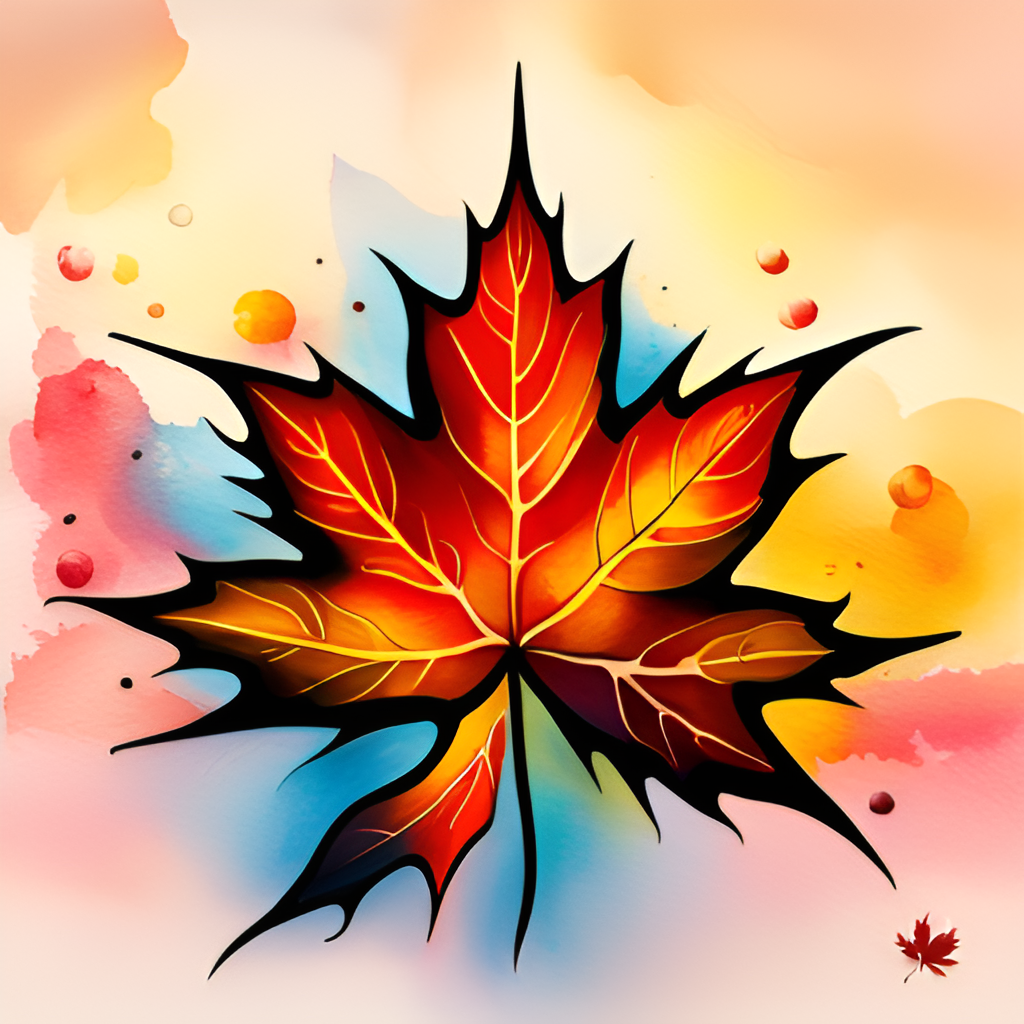
The Cultural Significance of Japanese Tattoos
Japanese tattoos have a rich cultural significance that has evolved. In traditional Japanese culture, tattoos were often used to represent social status and identity. However, in modern times, tattoos are increasingly used as a form of self-expression and individuality.
Tattoos in Japanese culture are often seen as a way to express one’s beliefs and values. They can also be a way of honoring cultural heritage and preserving traditions. The intricate and detailed designs of Japanese tattoos reflect the artistry and skill involved in their creation.
Maple Leaves Japanese Tattoos in Popular Culture
Maple leaves Japanese tattoos have become increasingly popular in popular culture, appearing in movies, TV shows, and music videos. These portrayals have influenced the perception of Japanese tattoos worldwide, showcasing their beauty and significance.
In movies such as The Wolverine, the main character is shown with a maple leaf tattoo on his chest, symbolizing his connection to Japan and its culture. In music videos like Justin Bieber’s ‘What Do You Mean?’, the singer sports a large maple leaf tattoo on his forearm, adding to the trend of intricate and meaningful tattoos.
The Artistry of Maple Leaves Japanese Tattoos
Creating a maple leaves Japanese tattoo is a proper art form that requires great skill and creativity. Tattoo artists must have a deep understanding of Japanese culture and symbolism to create designs that are both beautiful and meaningful.
From choosing the right colors and shading techniques to creating intricate and detailed compositions, tattoo artists use their expertise and artistic vision to bring their clients’ ideas to life. Each tattoo is a unique work of art that reflects the person’s individuality and personality.
The Impact of Maple Leaves Japanese Tattoos on Society
Maple leaves Japanese tattoos have significantly impacted society, particularly in fashion and art. These tattoos’ intricate designs and vibrant colors have inspired many artists and designers to incorporate similar elements into their work. From clothing and accessories to home decor and even food, the influence of Japanese tattoos can be seen in various areas.
In addition to their aesthetic influence, Maple leaves Japanese tattoos have also played a role in cultural exchange and appreciation. As more people worldwide become interested in Japanese culture, tattoos have become a way to connect with and honor that culture. This has helped promote understanding and respect for different cultures while preserving the rich heritage of Japanese tattoos.
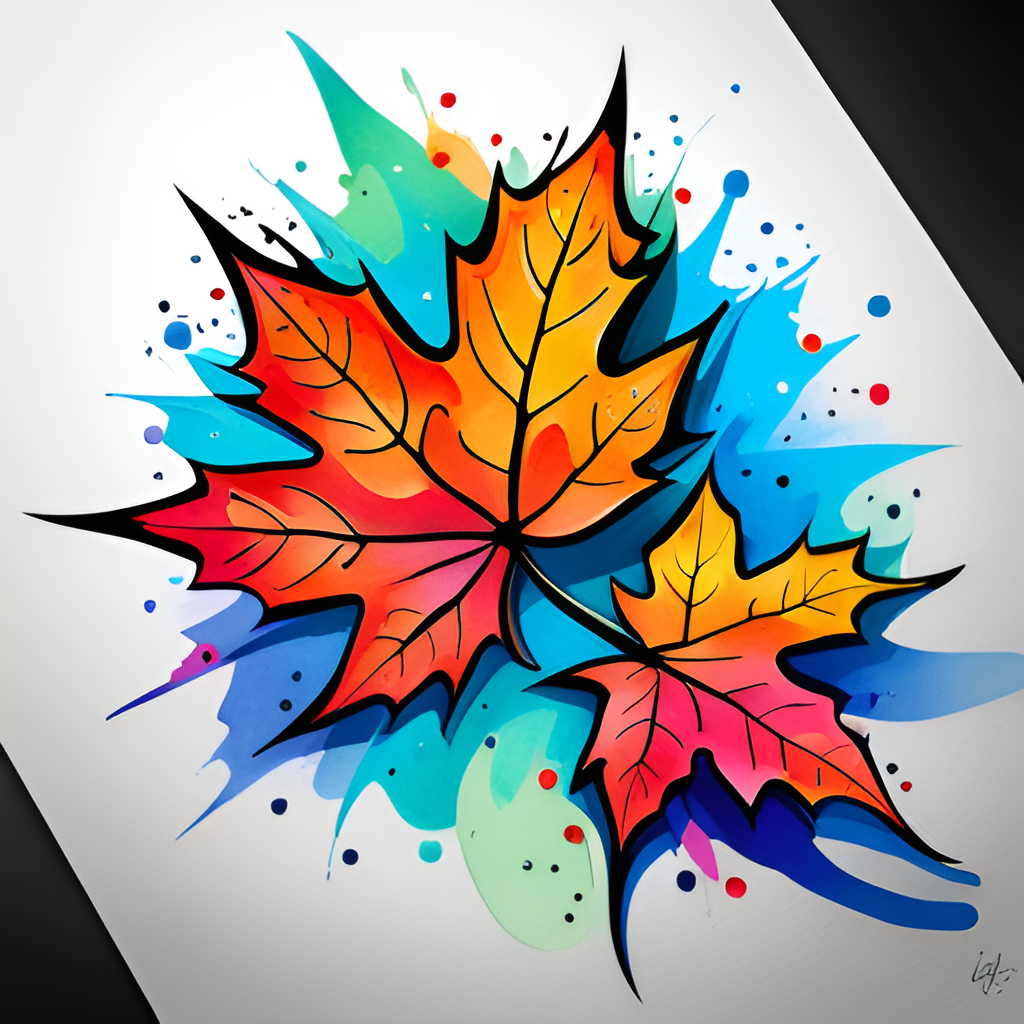
The Spiritual Significance of Maple Leaves Japanese Tattoos
Maple leaves Japanese tattoos are a form of artistic expression and a way to connect with one’s spiritual beliefs and values. In Japanese culture, nature is revered and seen as a divine manifestation. Maple leaves, in particular, are associated with changing seasons and the impermanence of life. Getting a maple leaf tattoo can be a way to express one’s appreciation for the beauty of nature and the fleeting nature of existence.
In addition to their cultural significance, Maple leaves Japanese tattoos can have personal spiritual meanings. Some get a maple leaf tattoo to symbolize resilience and strength in adversity. Others may see it as a reminder to live in the present moment and appreciate the beauty around them. Whatever the meaning, getting a maple leaf tattoo can be a powerful way to connect with one’s spirituality and express it through art.
The Diversity of Maple Leaves Japanese Tattoos
Maple leaves Japanese tattoos are a diverse and customizable form of self-expression. Each design can be tailored to reflect an individual’s tastes, preferences, and personality. Whether you prefer bold and colorful designs or subtle and minimalist ones, a maple leaves Japanese tattoo can suit your style.
Tattoos can be a form of creativity and artistry. They allow individuals to express themselves in unique and meaningful ways. With maple leaves Japanese tattoos, artists can use different techniques and styles to create stunning and intricate designs. The possibilities are endless, from watercolor-inspired motifs to realistic depictions of the natural world.
The Role of Tradition in Maple Leaves Japanese Tattoos
The tradition of Japanese tattoos dates back centuries and is deeply rooted in Japanese culture. Maple leaves Japanese tattoos are no exception, as they hold significant cultural value and meaning. In ancient times, tattoos were used to mark social status and identity and were often seen as a symbol of strength and courage.
Today, Maple leaves Japanese tattoos to continue to honor and preserve this cultural heritage. They serve as a way for people to connect with their roots and express their identity through art. By incorporating traditional design elements and techniques, tattoo artists can create beautiful and meaningful tattoos that pay homage to the rich history of Japanese tattooing.
The Emotional Significance of Maple Leaves Japanese Tattoos
Maple leaves Japanese tattoos hold deep emotional significance for many people. For some, the tattoo may represent a personal connection to nature or a specific memory associated with the changing seasons. For others, it may serve as a reminder of a loved one who has passed away or a symbol of strength and resilience during difficult times.
Tattoos can also be a powerful form of self-expression and healing. Getting a tattoo can be cathartic and therapeutic, allowing individuals to process emotions and experiences tangibly. With their intricate designs and vibrant colors, Maple leaves Japanese tattoos can be particularly effective as a visual representation of one’s innermost thoughts and feelings.

The Cultural Appropriation of Maple Leaves Japanese Tattoos
Cultural appropriation is a complex issue that has become increasingly relevant in recent years, particularly in fashion and art. When it comes to Japanese tattoos, it’s essential to understand their cultural significance and approach them with respect and sensitivity.
Maple leaves Japanese tattoos are deeply rooted in Japanese culture and have been used for centuries for self-expression and identity. However, when individuals outside of Japanese culture appropriate these tattoos without understanding their meaning, they can contribute to the erasure and exploitation of the culture they come from. To truly appreciate and honor Japanese tattoos, it’s essential to learn about their history and symbolism and to work with skilled tattoo artists who understand and respect their cultural significance.
Conclusion
In conclusion, we have explored the rich history and cultural significance of Maple leaves Japanese tattoos. From their origins as symbols of social status and identity to their modern-day role as expressions of artistry and individuality, these tattoos hold a special place in Japanese culture and worldwide.
We have also discussed the various design elements and meanings behind different types of Maple leaves Japanese tattoos and the importance of proper care and preparation before and after getting a tattoo. Finally, we encourage our audience to appreciate and respect Japanese tattoos’ artistry and cultural heritage and to continue exploring the diverse and meaningful world of body art.
Q&A
Thank you for listening to our presentation on Maple Leaf’s Japanese tattoos. We hope you found it informative and engaging. Now, we would like to open the floor for a Q&A session. This is your chance to ask any questions about Japanese tattoos or share your experiences and perspectives. We encourage an open and respectful discussion where everyone’s voice can be heard.
Please feel free to ask anything related to the topic, such as the history of Japanese tattoos, the symbolism of maple leaves, or the artistry of creating these tattoos. We also welcome any personal stories or insights you may have about getting a tattoo or the cultural significance of body art. Let’s have a lively and enlightening conversation!
